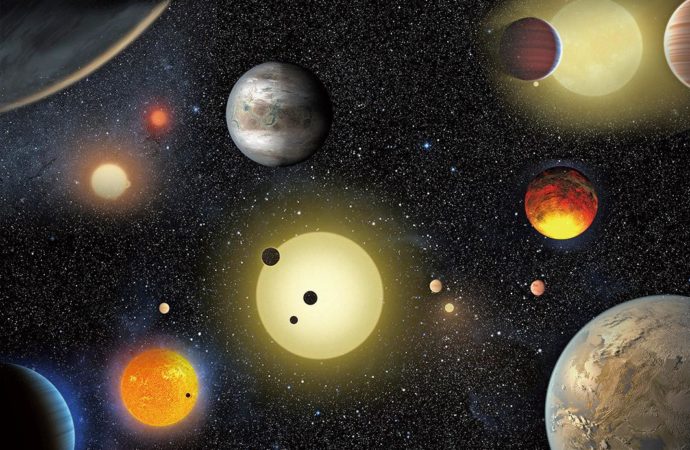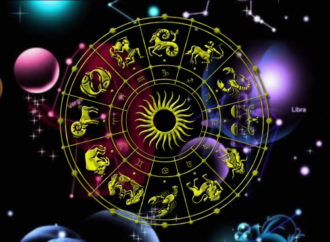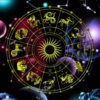What’re Planets? An entire world, meaning drifting star) is an astronomical object orbiting a star or stellar remnant that’s huge enough to be curved by its own gravitation, is not huge enough to trigger thermonuclear fusion, and has cleared its neighboring area of planetesimals. The term planet is ancient. Early cultures as emissaries of deities,
What’re Planets? An entire world, meaning drifting star) is an astronomical object orbiting a star or stellar remnant that’s huge enough to be curved by its own gravitation, is not huge enough to trigger thermonuclear fusion, and has cleared its neighboring area of planetesimals. The term planet is ancient. Early cultures as emissaries of deities, or as divine initially saw the planets. Human comprehension of the planets changed, incorporating numerous disparate objects as scientific knowledge progressed. This definition was both praised and criticized and remains contested by some scientists since it excludes objects of mass according to what they orbit or where.
While eight of the bodies stay planets under the definition, a few bodies, such as Ceres, Pallas, Juno, Vesta, and Pluto, that the community considered planets are seen as such. Ptolemy believed the planets to orbit the Earth in epicycle and deferent moves. It was evidence supported this view from the first observations Though the belief that the planets orbited the Sun was indicated times. By cautious evaluation of that the observation data, Johannes Kepler found that the planets orbits weren’t circular, but elliptical. As improved observation tools, astronomers saw that, such as Earth, the planets revolved around tilted axes, and a few shared such characteristics as ice caps and seasons.
Since that the dawn of that the Space Age, close observation by probes has found that Earth and that the other planets share characteristics like volcanism, hurricanes, tectonics, and even hydrology. Planets are usually divided into two major types: large, low density gas giants also smaller, rocky terrestrials. Under IAU definitions, there have been eight planets in the Solar System. Six of that the planets are orbited by more than one natural satellites. In addition, that the IAU accepts five dwarf planets, with lots of others under consideration, and tens of all thousands of all small Solar System bodies.
Since 1992, hundreds of all planets around other stars in the Milky Way have been found. As of all 6 July 2013, 908 known extrasolar planets have been listed in that the Extrasolar Planets Encyclopaedia, ranging in size in that of terrestrial planets comparable to Earth to that of all gas giants bigger than Jupiter. On December 20, 2011, that the Kepler Space Telescope team reported that the discovery of that the very first Earth sized extrasolar planets, Kepler-20e and Kepler-20f, orbiting a Sun like star, Kepler-20. A 2012 study, assessing gravitational microlensing data, estimates an average of all at least 1.6 bound planets for each star in the Milky Way.






















Leave a Comment
Your email address will not be published. Required fields are marked with *